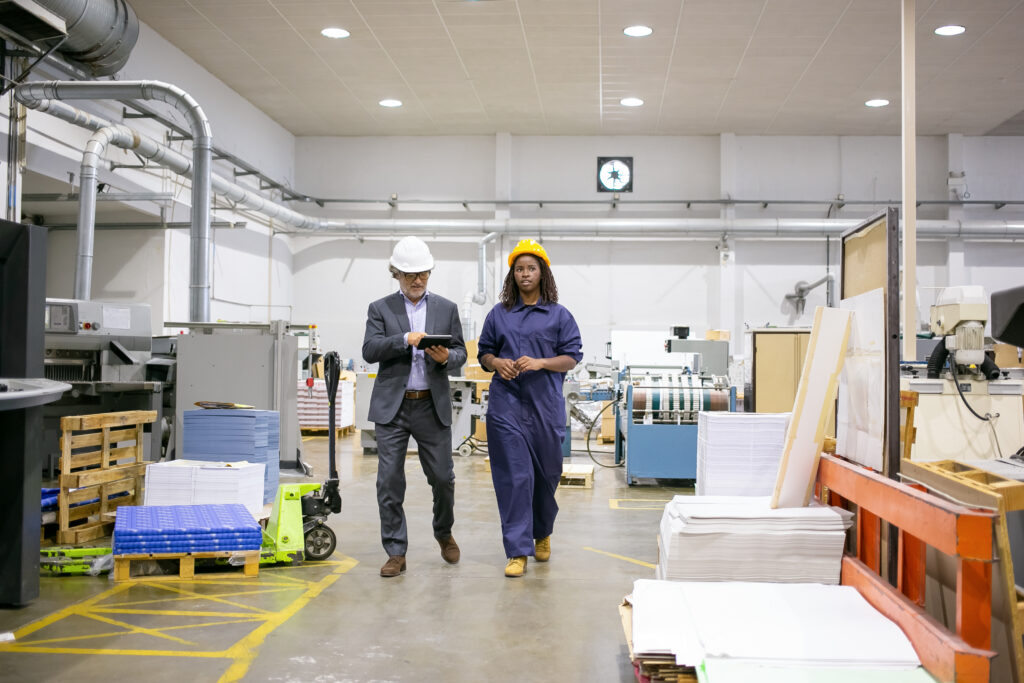Carbon dioxide has traditionally been buried underground or discharged into the ocean. The cost and environmental impact have prevented the industry from installing carbon dioxide scrubbers in facilities. A carbon dioxide scrubber was created by a team that included Sam Root, an undergraduate, Sriram Valluri, and Victor Claremboux, Ph.D. students in Kawatra’s chemical engineering department at Michigan Technological University. They are attempting to transform the carbon dioxide they capture into oxalic acid, a substance that naturally occurs in many foods.
The team has set up their carbon dioxide scrubber in the Michigan Tech steam plant, where they are conducting pilot plant-scale tests using actual flue gas.
The steam plant generates flue gas with an 8% carbon dioxide content. With the help of their scrubber, the chemical engineers were able to lower the emissions to 4%; their ultimate objective is to get it down to 2%.
They take a sample stream of flue gas from the boiler’s primary exhaust line inside the steam plant. The flue gas exits the burner at a temperature of 300–350 degrees Fahrenheit. Before entering the bottom of the scrubbing column, the sample is compressed via a filter to remove particles and then flows through a cooling unit.
The 11-foot-tall cleaning column’s top is pumped with a sodium carbonate solution. The column is filled with bubbles of flue gas. The sodium carbonate or soda ash absorbs most of the carbon dioxide from the gas as it rises to the top. The level of carbon dioxide is continuously monitored by Kawatra and his students.
Amines, which are nitrogen-based chemical substances that bind carbon dioxide, are typically used to remove carbon dioxide from emissions. But the average price of amines is $20,000 per ton.
A ton of carbonates like the soda ash that Kawatra’s team is employing, however, costs $200.
The invention, known as the “Clearite VI Carbon Dioxide Capture/ Utilization Process,” was developed by S. Komar Kawatra, Tim Eisele, and John Simmons and assigned to Michigan Tech in a patent application (Patent No. US7,919,064B2). The technology’s sponsor, Carbontec Energy Corporation, is the exclusive global licensee and intends to market the technology through partnerships and sublicensing.
References:
Donovan, Jennifer. 2023. Phys.Org; Capturing and converting carbon dioxide into a useful product. Retrieved from https://phys.org/news/2019-02-capturing-carbon-dioxide-product.html#google_vignette
Image by pch.vector https://www.freepik.com/

